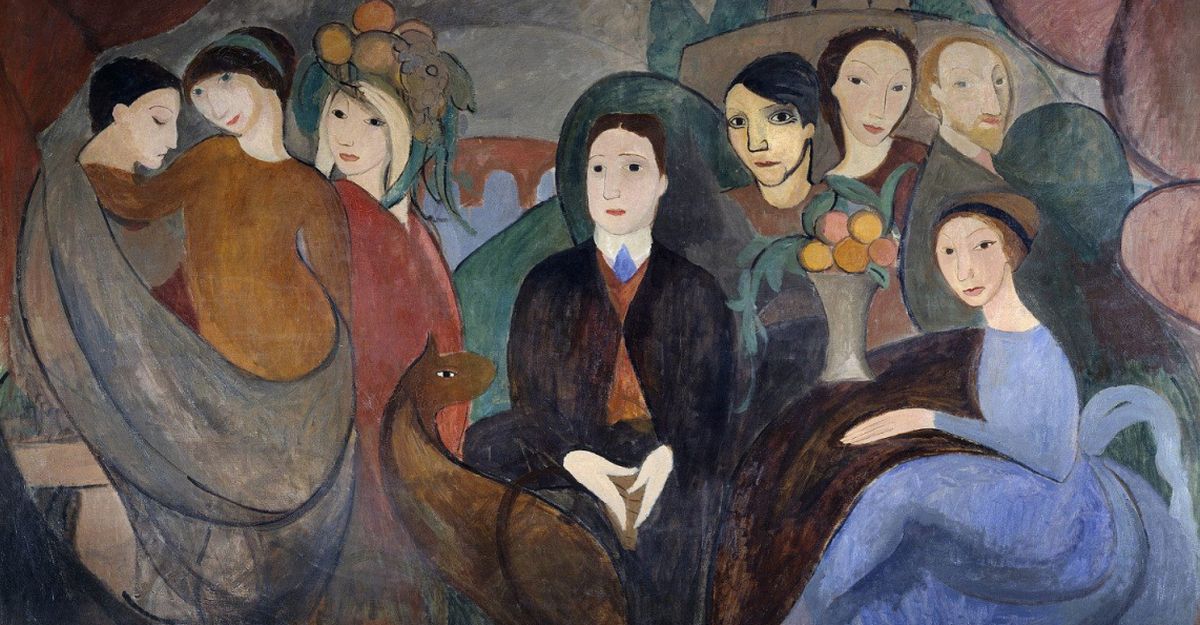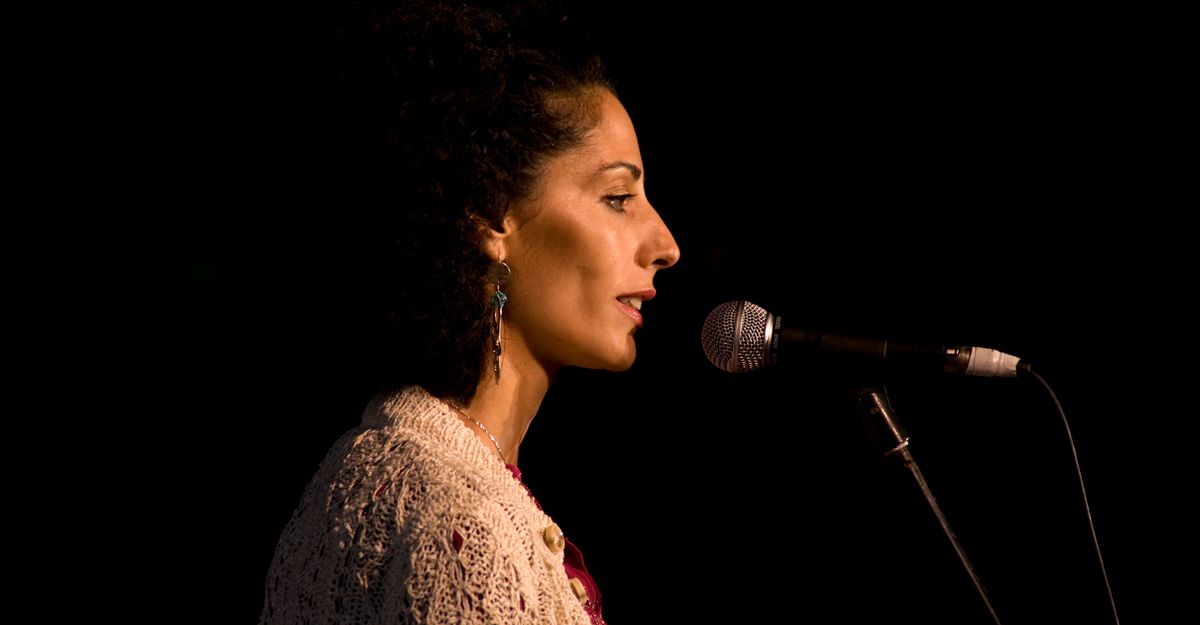During Children’s Book Week, I visited an elite private school where a deputy principal asked me if I thought I was doing boys a disservice by having such girly covers on my books. I politely but firmly replied that I thought people who told boys they weren’t supposed to read books with girls on the cover were doing everyone a disservice.
According to a recent ABC article, the issue of boys and reading attracts little attention. In my experience this is not the case: go to any conference of English teachers or librarians and you will find sessions, panels, forums and workshops on how to get boys to pick up a book. I have never seen an equivalent presentation on encouraging girls to read.
The article claims that the nation’s educational eye is focused solely on attracting girls to STEM subjects and careers. Firstly, comparing boys reading and girls in STEM is a false equivalency. Women are systemically excluded from careers in science and technology at every level, whereas male authors are disproportionately reviewed and celebrated. But to indulge the comparison for a moment – research has found that the major barrier for girls studying STEM subjects is the perception that girls aren’t good at maths and science. When this perception is actively addressed as false by teachers, girls’ test scores improve significantly, bringing them into line with boys.
Is it possible that boys don’t read as much as girls do because we tell them that’s the case? Girls are told they are good readers and are expected to appreciate a wide range of texts. But in an attempt to entice boys to read, we try to cater to stereotypical ‘boy’ interests – male protagonists, action, adventure, definitely no romance. The patronising assumption that a boy cannot enjoy a book outside this narrow band is infantilising. It breeds disinterest and entitlement. And it reinforces the harmful message that there is only one way to be a boy or a man.
By steering boys away from books by and about women, we are teaching them that women’s stories are not interesting or important, and that women cannot be empathised with. We are currently seeing the effects of this kind of attitude playing out in the news, and it’s awful.
In the aforementioned ABC article, Robyn Cox (an associate professor of literacy education at ACU) mentions a 2003 UK reading campaign featuring David Beckham, concluding with the suggestion that perhaps Richard Flanagan should write some ‘modern Young Adult literature that could be used in schools’. Like many of us who work with and for teen readers, YA editor Kate Whitfield is baffled by this: ‘Like teens are going to go, “Oh, well, if RICHARD FLANAGAN’S writing it, I’m IN!” They probably all have posters of him on their walls.’
There is no shortage of engaging, relevant, beautifully written literature for teenagers in Australia. Our YA is internationally celebrated, but it rarely makes its way onto a secondary school’s English syllabus. Why? Could it possibly be because, like romance, YA is predominantly written by women? Women’s literature is and has always been the target of intellectual snobbery – it’s why when John Green or Graeme Simsion write a novel with romance at its core, they are hailed for inventing a new literary genre, and similar titles by women get labelled ‘a fun beach read’. There is sexism here, but there is homophobia too – many gatekeepers are uncomfortable with a boy wanting to read feminine stories, because of the apparent damage it might do to his masculinity.
I totally agree that there should be national campaigns to encourage male reading role models, but I believe such campaigns should be targeted towards dads reading with their kids, and for heaven’s sake don’t try to entice the dads by making all the books about footy. Men are adults, and they are perfectly capable of reading books about a diverse array of subjects. We can all benefit from reading books about people who are unlike us.
Teacher librarian Sue Osborne works closely with individual students to tailor book recommendations. ‘I try not to talk about male or female characters if I can help it, because boys are definitely conditioned to resist reading books by or about women,’ she says, noting that her emphasis is always on helping young readers find good stories. Similarly, teacher librarian Pam Saunders avoids mentioning gender when it comes to book recommendation. She also encourages students to participate in the selection and ordering of new titles for the library, and facilitates peer-to-peer recommendations – ‘if a student recommends a book to another, it carries so much more weight.’
The secret to getting boys to read is the same as the secret to getting girls to read: empower them to make their own choices. School and public libraries need to rethink the way they acquire books, and involve teens at every stage. Centre for Youth Literature Program Manager Adele Walsh urges libraries to form Teen Readers Advisory committees. ‘We orphan young readers once they can read independently,’ she says. ‘Readers Advisory can build trust, build the collection, and invest in reading with teens at the centre.’
Our schools must invest in their libraries and their teacher librarians. They must work with teens to provide a rich array of diverse stories in different formats. Let go of the snobbery around the classics and embrace YA fiction, comics and fan fiction in the classroom and on the curriculum. And most importantly, all gatekeepers, including parents, need to work to create a reading environment where boys are not shielded from stories by and about women and girls.
If we want boys to grow up to be thoughtful, empathetic and respectful adults, then it’s time we started treating them that way.
Image: Reading / Paul Bence






